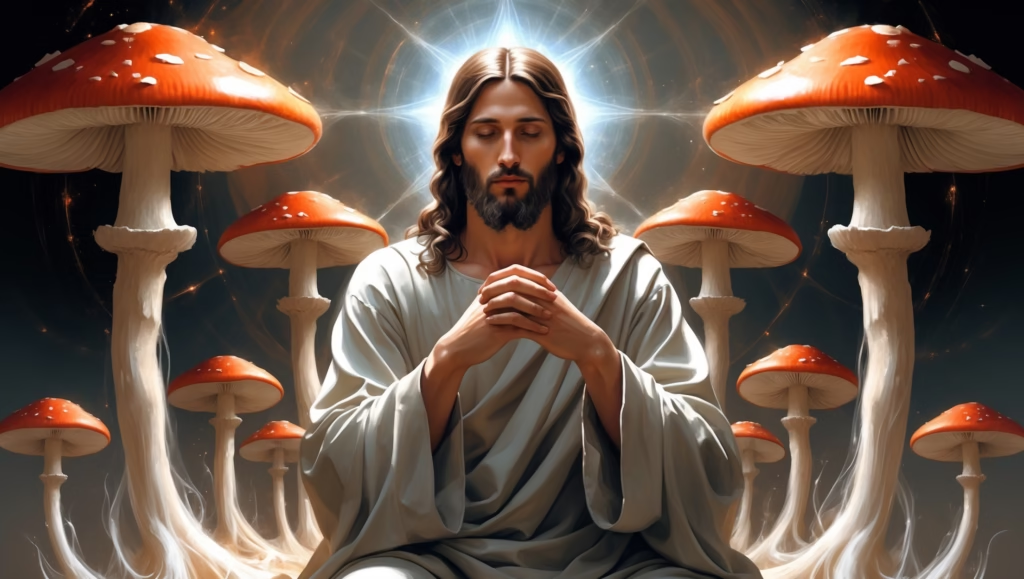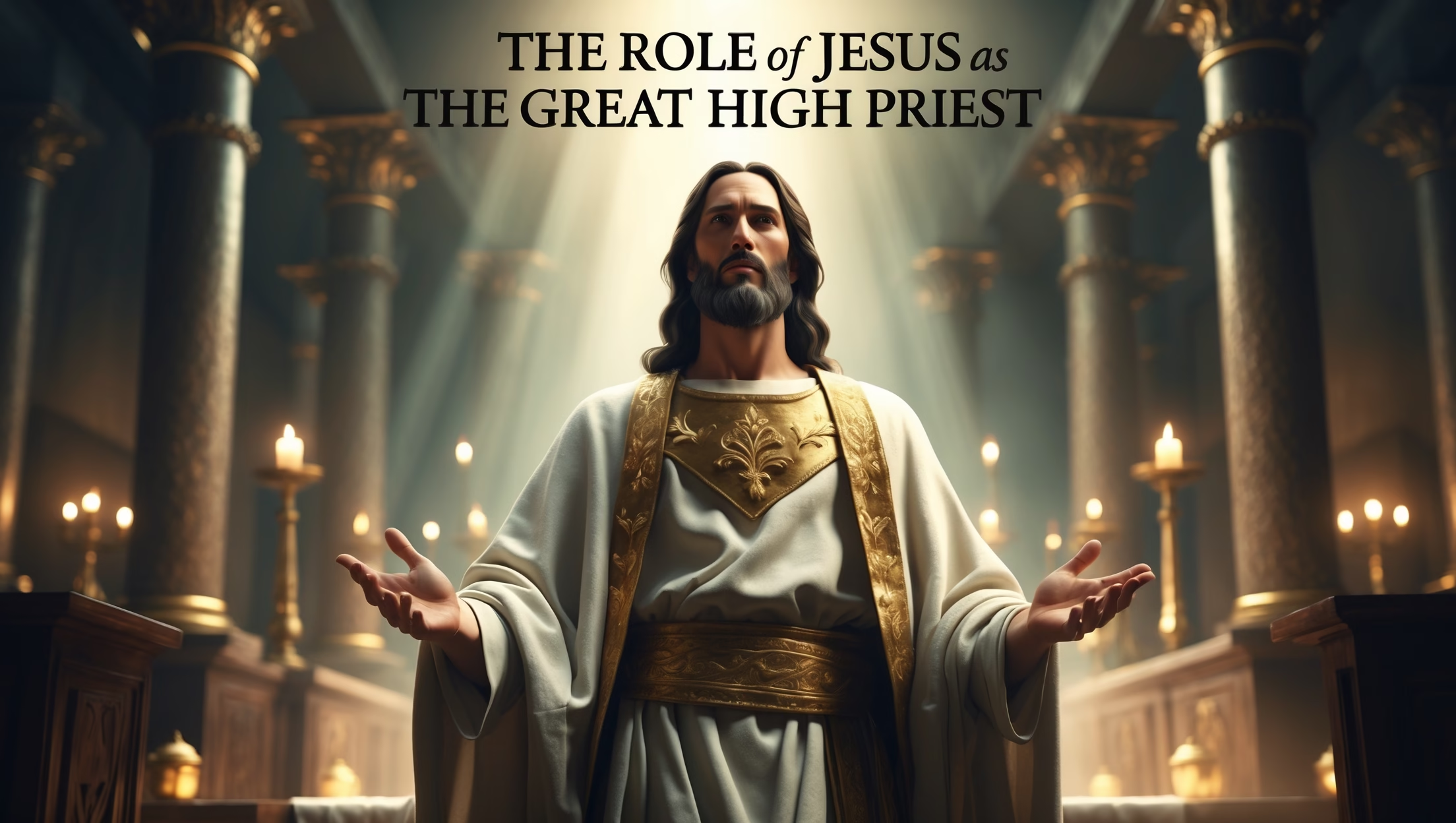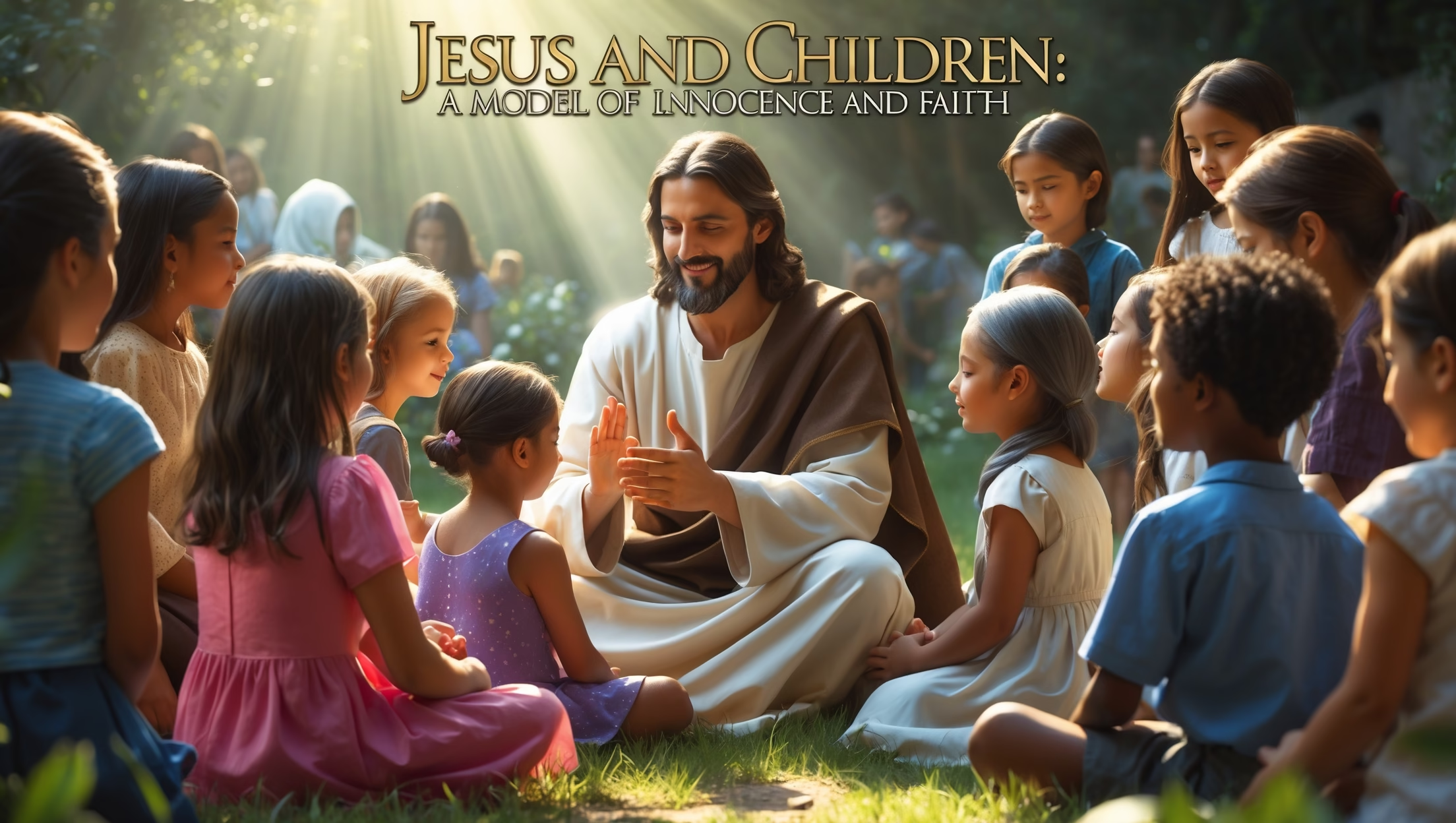In 1970, John Allegro shook biblical scholarship with his provocative thesis that early Christianity may have encoded psychoactive mushroom symbolism in its rituals. While widely dismissed at the time, Allegro’s work has seen renewed interest in 2024 as researchers revisit the intersections of ritual, symbolism, and consciousness. Could the Eucharist, the central sacrament of Christian worship, carry a hidden layer of psychedelic meaning?

The Controversial Evidence
1. Amanita Muscaria Imagery
Proponents note the recurring red-and-white motif in early Christian art and iconography:
- Mosaic and fresco colors mirroring Amanita muscaria’s distinctive cap
- Alleged symbolic references in frescoes depicting “mushroom trees” near sacred meals
- The red-and-white chalice imagery potentially alluding to the sacramental blood and mushroom duality
Critics argue that these visual correlations are coincidental, reflecting common artistic palettes rather than intentional coding.
2. “Flesh of God” Interpretations
Some scholars propose that early Christians encoded mystical experiences through metaphorical language:
- Eucharistic language: “This is my body” may reference transformative ingestion
- Secret initiation rituals: Certain Gnostic texts hint at esoteric rites accessible only to insiders
- Artistic depictions: Iconography combining plants, fungi, and sacramental meals
3. Lab and Archaeological Analysis
Modern science provides concrete evidence to assess these claims:
- Wine residue tests: Analyses of first-century ceramic chalices from Israel and Rome detected grape fermentation but no traces of psilocybin or other hallucinogens
- Fungal remains: No archaeological evidence of mushrooms used in early Christian ritual contexts has been found
- Textual scrutiny: Allegro’s proposed etymological links between Hebrew, Sumerian, and Christian terminology remain highly disputed
Historical and Theological Implications
While empirical support is scant, the theory raises fascinating questions about early Christian ritual imagination:
- Mystical Experience: Were early Eucharistic practices intended to provoke altered consciousness, spiritual insight, or deep communal connection?
- Symbolism vs. Substance: Could metaphoric language and visual cues be mistaken for pharmacological practice?
- Gnostic Influence: Certain sects emphasized esoteric knowledge and secret rites, possibly blending spiritual and sensory symbolism
Modern Cultural Relevance
The psychedelic reinterpretation of Jesus and the Eucharist intersects with contemporary trends:
- Sacred Entheogens Movement: Interest in plant-based consciousness rituals parallels historical curiosity about early Christian esoterica
- Popular Culture: Art, literature, and speculative documentaries explore “psychedelic Christianity” for both entertainment and philosophical reflection
- Academic Debate: Allegro’s thesis continues to provoke discussion in theology, anthropology, and the history of religion
Why It Matters Today
Even if the mushroom hypothesis remains unsupported scientifically, it serves as a lens to explore:
- Theological creativity: Understanding how rituals encode meaning beyond the literal
- Historical curiosity: Examining the diversity of early Christian thought and practice
- Modern spirituality: Inspiring dialogue on consciousness, sacrament, and the limits of symbolic language
Ultimately, whether the Eucharist was ever linked to psychedelic mushrooms or not, the discussion highlights the enduring human quest to experience the divine in tangible and transformative ways.










